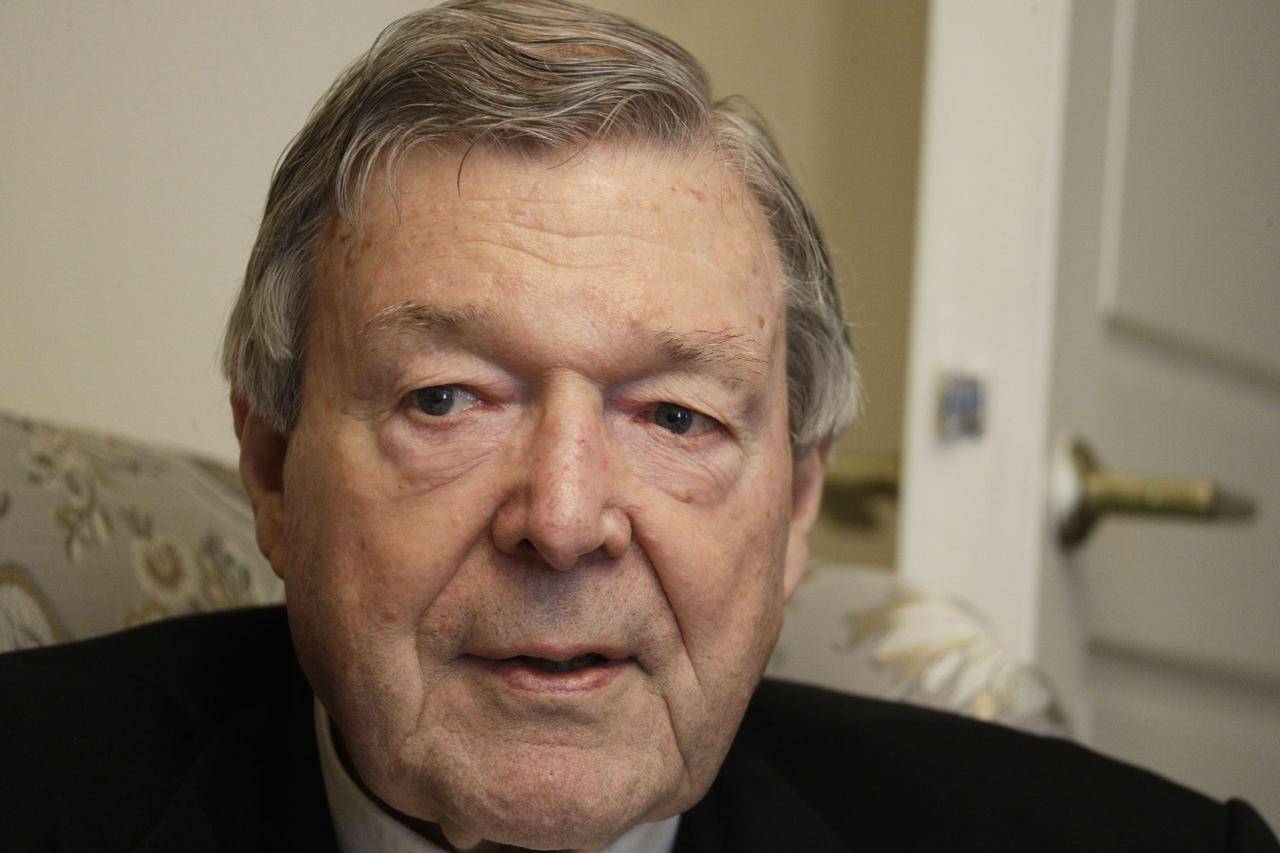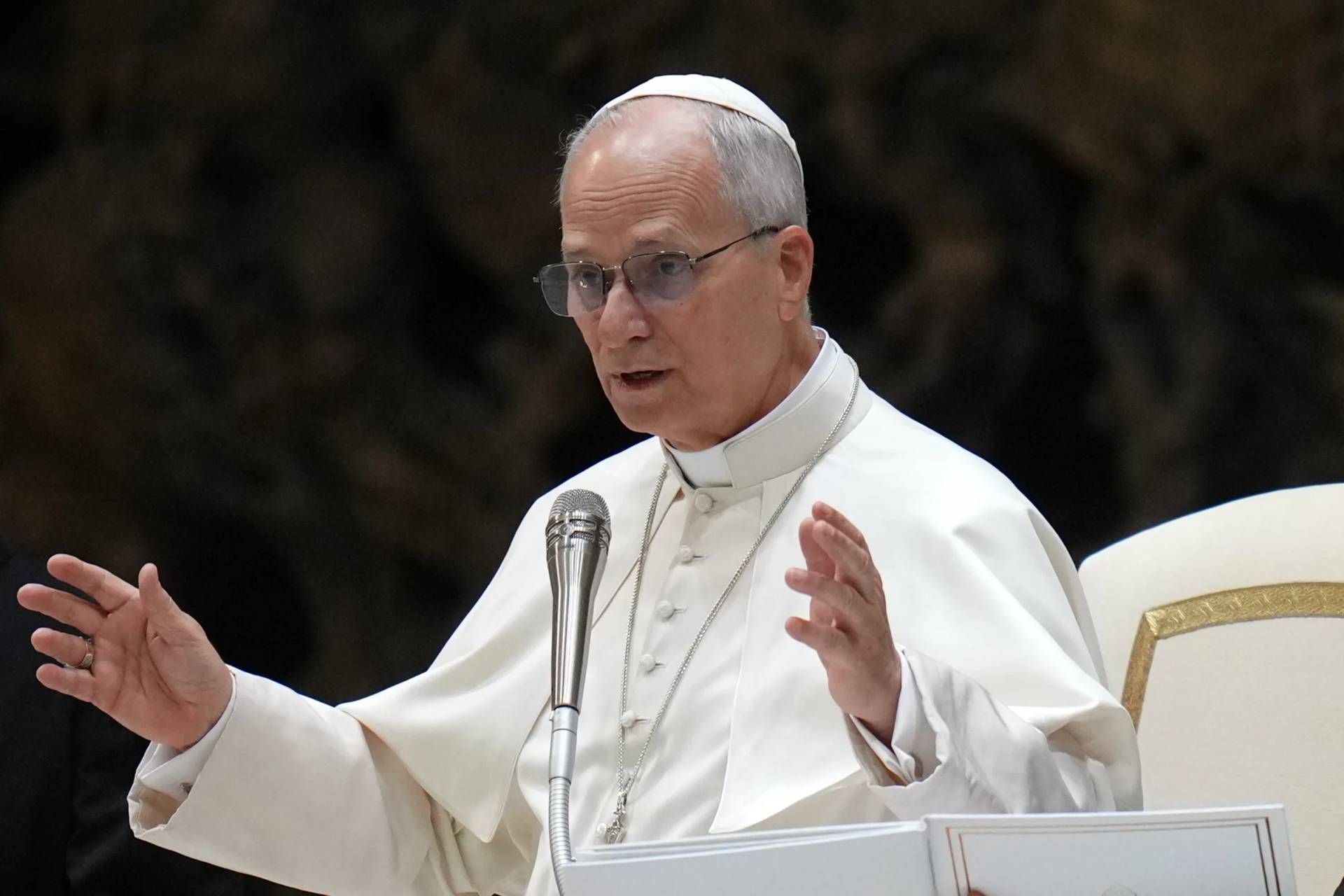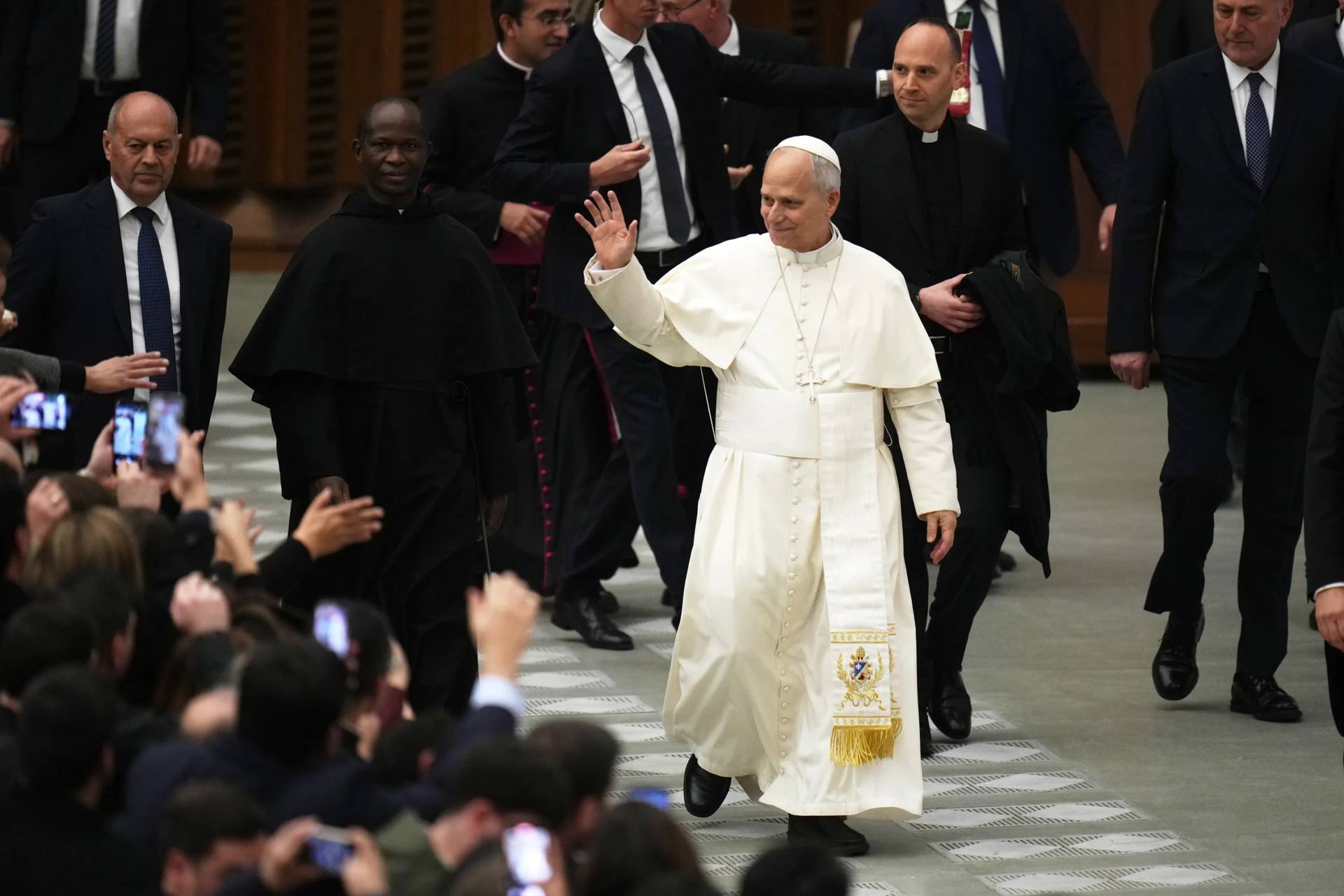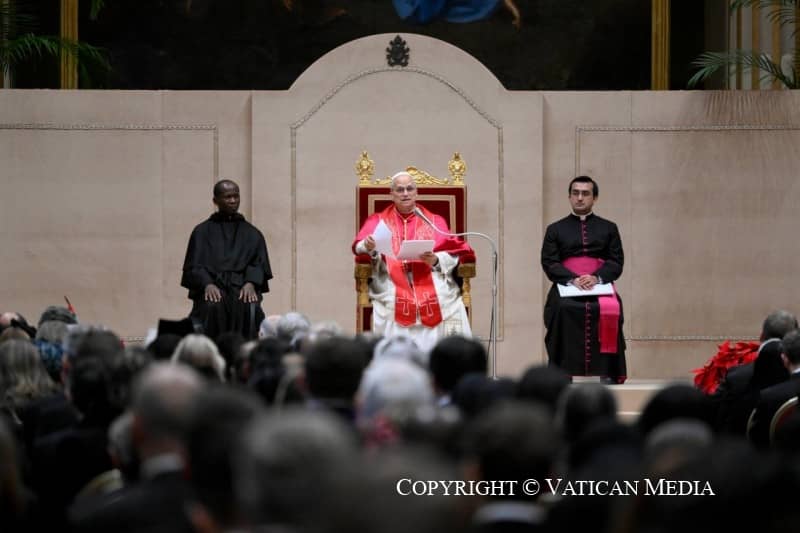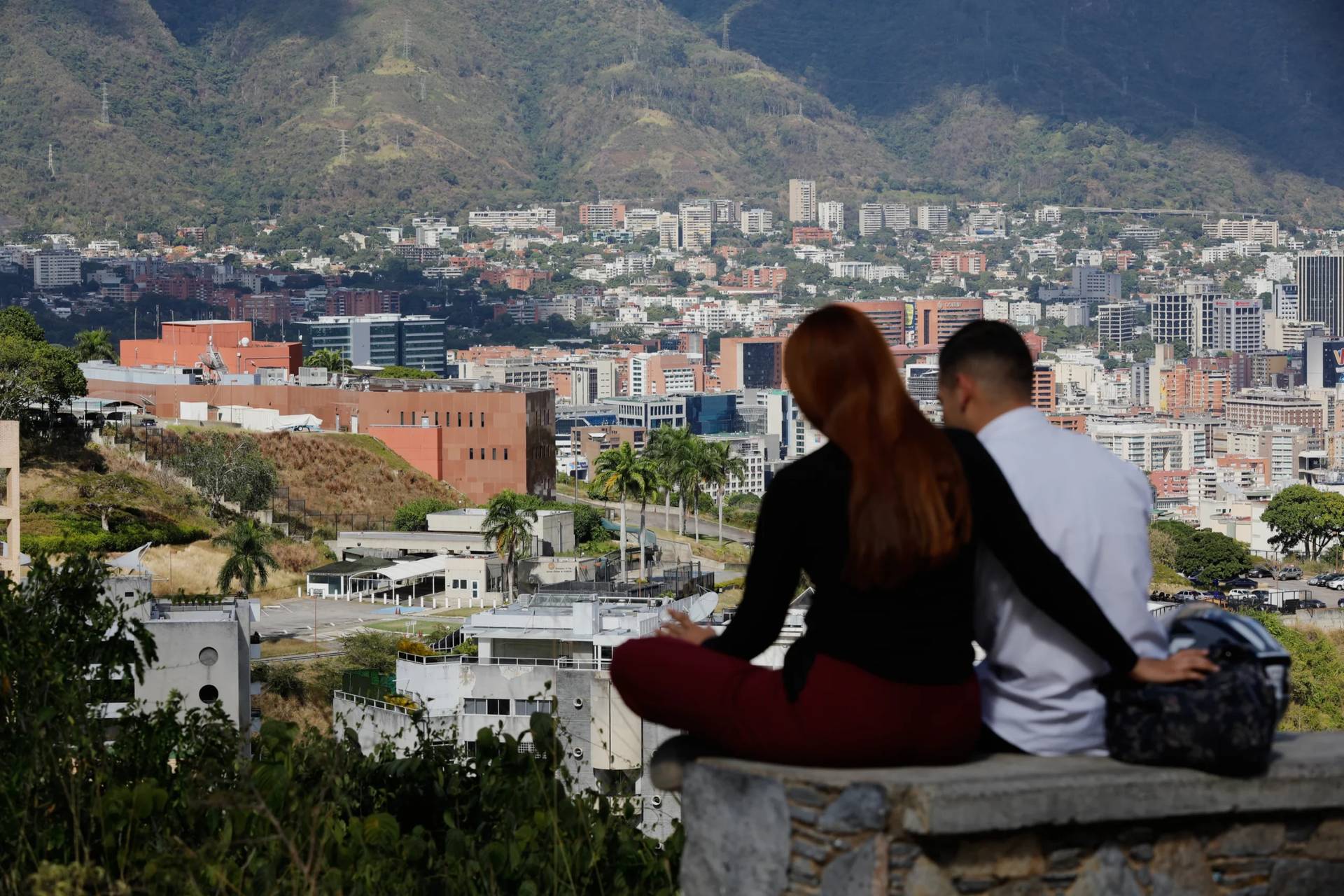ROME — Few dioceses in the United States have experienced the direct fallout of the clergy sexual abuse crisis as intensely as St. Paul and Minneapolis.
Yet four years after Archbishop John Nienstedt, resigned under a cloud of scandal in 2015, the diocese is seeking to turn its suffering into a model for how the Church can cooperate with law enforcement, legal experts, and survivors to promote healing, specifically using the tools of restorative justice.
This past weekend, the University of St. Thomas Law Journal sponsored a gathering bringing together Archbishop Bernard Hebda, Ramsey County Attorney John Choi, and others who have been on the frontlines of responding to the crisis at a local level.
Crux spoke with Father Daniel Griffith, a priest of the Archdiocese of St. Paul and Minneapolis, who is pastor of Our Lady of Lourdes in Minneapolis, and serves as the Wenger Family Faculty Fellow of Law at the St. Thomas School of Law, and was recently appointed Archdiocesan Liaison for Restorative Justice and Healing, about the conference and the example they hope to set for the Church in the United States.
Crux: We hear a fair amount about restorative justice when it comes to criminal justice matters such as the death penalty. How do you see it applying to the clerical sexual abuse crisis?
Griffith: There have been a number of ways that restorative justice and restorative practices have been used in responding to the clergy abuse crisis. Restorative justice is a philosophical and practical approach to harm, which asks: Who was harmed; what was the nature of the harm; and how can the harm be repaired? Although the application of restorative practices in the context of clergy abuse is more recent, its effectiveness as a way of addressing harm and promoting healing has been encouraging.
First, restorative justice is victim-survivor centered, so it is important to always begin with and focus on the direct harm experienced by survivors of clergy abuse. Inviting survivors to come and tell their story of the harm they have experienced — harm that often lasts a lifetime — can move Catholics to deeper truth and resolute commitment to ensure justice and safety within our Catholic communion. Last fall, Our Lady of Lourdes in Minneapolis hosted a program that was focused on the testimony of a victim-survivor. He told his story in a very powerful way. It was sad, it was moving, and it was important for all to hear.
Another example of using restorative practices to respond to the direct harm of clergy abuse has been the numerous meetings between Archbishop Hebda and victim-survivors, which have occurred over the last several months. Archbishop Hebda spoke powerfully about these meetings at the St. Thomas Law Symposium. The key is whether these meetings have promoted healing on the part of victim-survivors and greater accountability in our local church. I am hopeful that the answer to both of those questions is yes.
Another example of the application of restorative justice to the clergy abuse crisis has been the use of healing circles in a number of parishes in the archdiocese. This allows Catholics the opportunity to speak about the peripheral harm they have experienced as a result of the crisis and can provide an opportunity for catharsis and healing.
What was the response of abuse survivors at this conference?
There were a number of victim-survivors present at the St. Thomas Law Symposium and from talking with them after the event, it was clear that they found it moving and a source of hope. That said, victim-survivors want less talk and more action – action that is concrete and onto greater accountability in the Church. Too many victim-survivors have told me that they are often not invited into the specifics of how the Church responds to clergy abuse. In speaking with victim advocates, to a person they will tell you that the only path forward for the Church, is a victim-survivor centered response. This important truth began to emerge from the Anti-Abuse Summit last February in Rome.
The Symposium at St. Thomas ended with reflections from abuse survivor, Frank Meuers who is also the head of SNAP in the Twin Cities. I have worked with Frank on a restorative justice working group for the past several months – his wisdom and determination are absolutely critical moving forward. Frank told the packed audience of the deep pain he experienced in being turned away by the Church when he came forward, but also of the hope he has experienced recently in the use of restorative justice as a response to the harm of clergy abuse. He noted that there is much work to be done in the Catholic Church and sees the use of restorative justice in the Archdiocese as a potential model for other dioceses to follow.
The conference managed to bring together a range of experts, from legal analysts to church officials, and law enforcement. What happens next?
That’s the critical question – what happens next and where do we go from here. There are a number of possibilities moving forward. First, those who have experienced restorative justice and its practitioners need to get the word out that while restorative justice is not a panacea, it has been very effective in responding to harm. Our local restorative justice working group has spoken about the Archdiocese hosting a national conference focused on restorative justice as a response to the twin crises of clergy abuse and cover-up. The pain from victim-survivors and on the part of Catholics, is deep and manifold. As people of faith, we must respond to this pain in a way that is authentic, human, and rooted in our Christian faith.
Second, and relatedly, there is more work to be done among scholars and theologians to mine the depths of Scripture, Catholic theology, and Catholic social teaching as a foundation for restorative justice and healing. As I have deepened my own knowledge of restorative justice and its practices, I have been heartened by its close connection to God’s work of restoration in Hebrew Scripture, the restorative and healing mission of Jesus Christ, and the goals of Catholic social teaching which promote justice and human flourishing.
Finally, bishops, priests, and lay Catholics need to be better educated about restorative justice and its potential for healing. You could literally see the light bulbs going on during the Symposium. Not only was the Symposium sold out, no one left early — they seemed to be captivated and encouraged by the vision of restorative justice and its positive potential. In July, I began preaching on restorative justice at parishes in the archdiocese and have found a similar positive reaction among Catholics. Restorative justice is a source of hope for a wounded church.
The Church in St. Paul – Minneapolis has endured a rough few years. What’s your assessment of how Catholics in the pews are faring at the moment?
I think Catholics in the archdiocese are fairing much better these days. Five years ago, we were bankrupt, criminally and civilly charged by Ramsey County, and our former archbishop was under investigation for alleged personal misconduct. Today, we are a much safer local church – we are working collaboratively with victim-survivors, our bankruptcy is resolved, we have a humble shepherd, a new archdiocesan synod process has begun, and restorative justice has been effectively utilized as a source of healing. I return to the admonition of Frank Meuers and others: There is still much work to be done, and there can be no restorative justice without accountability.
Follow Christopher White on Twitter: @cwwhite212
Crux is dedicated to smart, wired and independent reporting on the Vatican and worldwide Catholic Church. That kind of reporting doesn’t come cheap, and we need your support. You can help Crux by giving a small amount monthly, or with a onetime gift. Please remember, Crux is a for-profit organization, so contributions are not tax-deductible.






